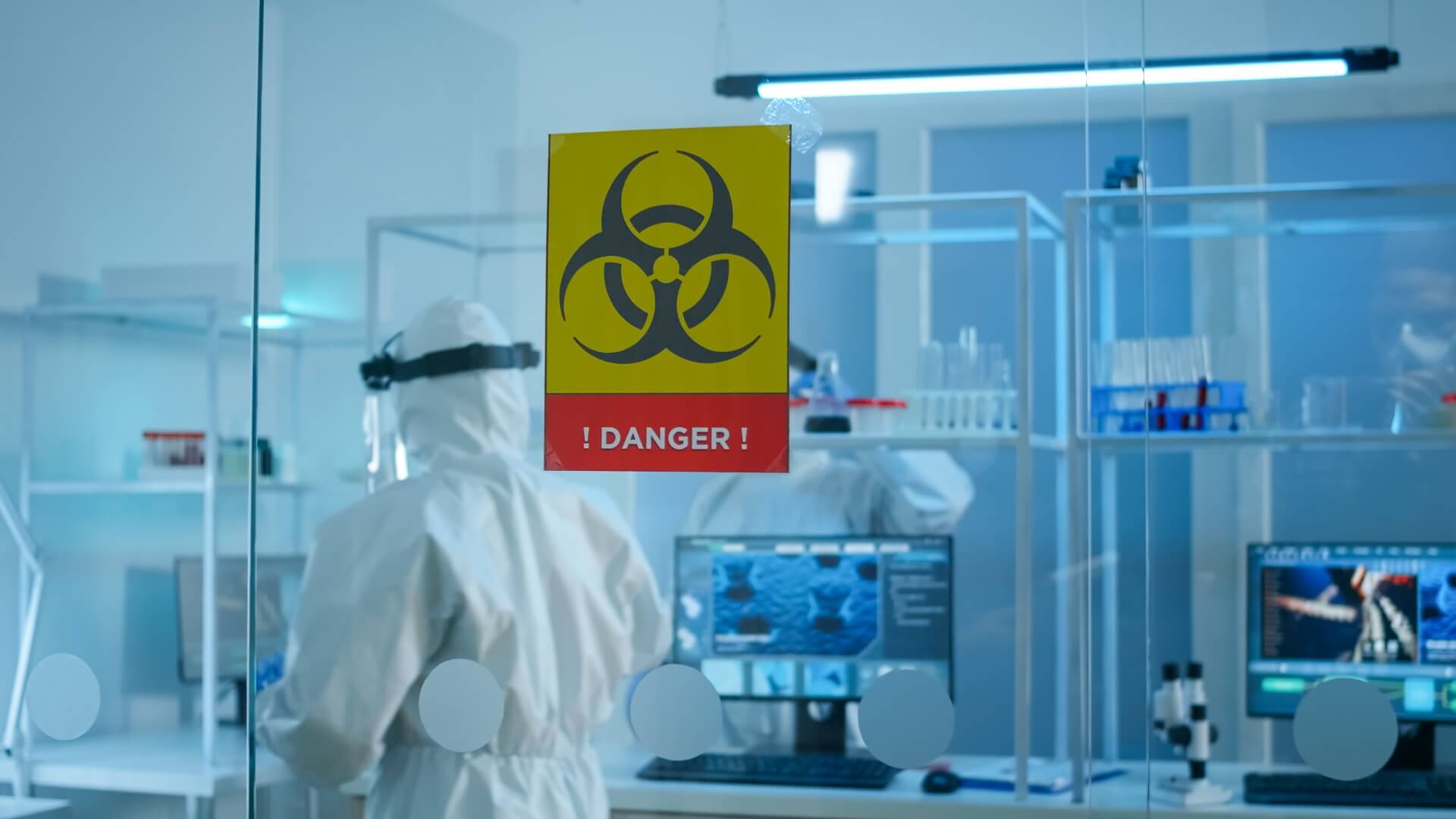What is Radioactivity Risk Analysis?

Radioactivity risk analysis is a risk analysis to evaluate the possible effects of radioactive materials on human health and the environment. This analysis aims to identify the potential risks that arise during various operations such as the use, production, transportation and storage of radioactive materials. The effects of radioactive materials on human health and the environment are especially important in case of long-term exposure.
Radioactivity risk analysis enables the assessment of possible risks by taking into account the characteristics, usage patterns, exposure routes and amounts of radioactive materials. As a result of this analysis, the precautions to be taken during the use of radioactive materials are determined and it is aimed to minimize the risks.
While conducting a Radioactivity risk analysis in food production, the possible risks that may arise as a result of the contamination of foods by radioactive substances and the consumption of these foods by people are evaluated. This evaluation process may include the following steps:
The movements of radioactive materials in the food chain are monitored. This follow-up starts from the production stage and continues until the consumer.
The materials used in the production phase and the procedures applied during the process are evaluated in terms of the risk of radioactive material contamination.
The radioactivity levels of foods are measured and these measurements are analyzed to see if they meet the standards.
Potential risks for human health are determined by considering the usage areas and consumer groups of foods.
As a result of the risk analysis, necessary measures to reduce possible risks are determined and these measures are implemented.
Radioactivity risk analysis results are shared with relevant official institutions and shared with the public.
Radioactivity risk analysis in food production contributes to the production of healthy and safe food and helps to minimize possible risks to human health.
There are some factors that should be considered when conducting a Radioactivity risk analysis in honey and fruit-vegetable production:
The effects of nuclear accidents occurring in the relevant region should be monitored. Considering factors such as wind directions, water resources and landforms, it should be determined which regions are more risky.
When choosing production areas, the selection should be made by considering the risk of radioactive materials mixing with soil and water.
Regular measurements of soil, water and plant samples should be made. These measurements allow monitoring of radioactive material levels in foods.
It should be ensured that the materials used in production (seed, fertilizer, medicine, etc.) do not contain radioactive substances.
Cleaning and maintenance of the equipment used in the production phase should be done regularly. Thus, contamination of the products with radioactive substances is prevented.
In honey production, the flight areas of the bees and the location of the beehives should be taken into account. Bees should be prevented from collecting pollen and making honey from areas where radioactive materials are concentrated.
Radioactivity risk analysis results should be shared with relevant official institutions and should be shared with consumers as well.
All these measures contribute to minimizing the risks of radioactivity in honey and fruit-vegetable production and to the production of healthy food.
Conducting a radioactivity risk analysis provides many benefits to companies:
Healthy food production: Carrying out a radioactivity risk analysis helps food manufacturers to give more importance to the health of their customers by taking the necessary measures for healthy food production.
Legal compliance: It is important to make radioactivity risk analysis, to follow the relevant legal regulations and to fulfill the legal requirements. In this way, companies can move forward with legal compliance more confidently.
Image and reputation: Healthy food production helps to gain the trust of customers. Performing a radioactivity risk analysis gives the impression that customers care more about their health and take the necessary precautions when they are concerned about the quality of their products. This increases the image and reputation of the company.
Cost savings: Performing radioactivity risk analysis helps businesses to minimize the risks of radioactivity that may occur in their products. In this way, the amount of product loss and waste is reduced, and the profitability of the enterprise increases.
Competitive advantage: Healthy food production and customer trust help a company differentiate itself from others. Performing a radioactivity risk analysis helps the firm further enhance this advantage.
As a result, making radioactivity risk analysis allows businesses to give more importance to customer health, ensure legal compliance, increase image and reputation, save costs and gain competitive advantage.
You can access the Radioactivity risk analysis documents for honey and fruit-vegetables by clicking the link below:
https://www.suswise.com/discover/documents/radioactivity-risk-analizi-fruit-vegetable-606021